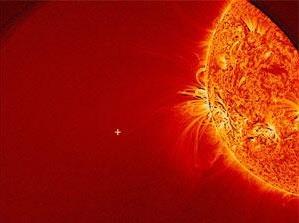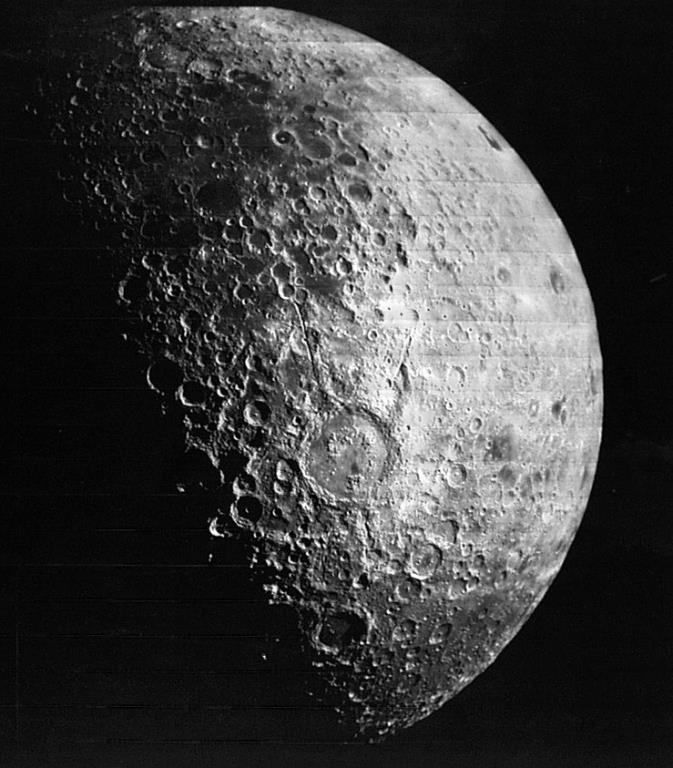December 11, 2013
WASHINGTON: Comet ISON, once optimistically called the comet of the century, is dead, the victim of a way-too-close brush with the sun. It was barely a year old.

This image provided by NASA and taken by NASA's Solar Dynamics Observatory on November 28, 2013, shows the Sun, but no sign of comet ISON.
December 11, 2013
WASHINGTON: Comet ISON, once optimistically called the comet of the century, is dead, the victim of a way-too-close brush with the sun. It was barely a year old.

This image provided by NASA and taken by NASA's Solar Dynamics Observatory on November 28, 2013, shows the Sun, but no sign of comet ISON.
The comet, which excited astronomers and the media as it zipped within 730,000 miles of the sun on Thanksgiving Day, was pronounced dead at a scientific conference Tuesday. Astronomers who had followed the ice ball mourned the loss of the sky show that once promised to light up during December.
Naval Research Lab astronomer Karl Battams, who headed the observing campaign for the comet, said ISON (EYE'-sahn) was stretched and pulled by the sun's powerful gravity. It was also hit with solar radiation. And the icy snowball just fell apart.
"At this point it seems like there is nothing left," Battams said at the American Geophysical Union conference in San Francisco. "Sorry, everyone, Comet ISON is dead. But its memory will live on."
Astronomers had hoped it would survive because some – but not most – comets make it past close approaches with the sun. Last year Comet Lovejoy did.
Had ISON survived it would have provided good naked-eye viewing in early December for the Northern Hemisphere, astronomers said. NASA had aimed several telescopes and spacecraft at the comet to watch its close brush with the sun, only to find it missing after the encounter.
Comets are balls of dust and ice from the formation of the solar system billions of years ago. ISON is on its first trip after leaving the Oort cloud on the distant fringes of the solar system. Unlike comets that are "hardened" by several trips around the sun, ISON just couldn't survive its maiden voyage, Battams said.
ISON, about half a mile wide, was tiny and probably smaller than originally estimated, Battams said.
As the comet neared its closest approach to the sun, astronomers had a sense of loss. Battams called watching it in those final hours "a process of heartbreak."
Courtesy: AP







































































































